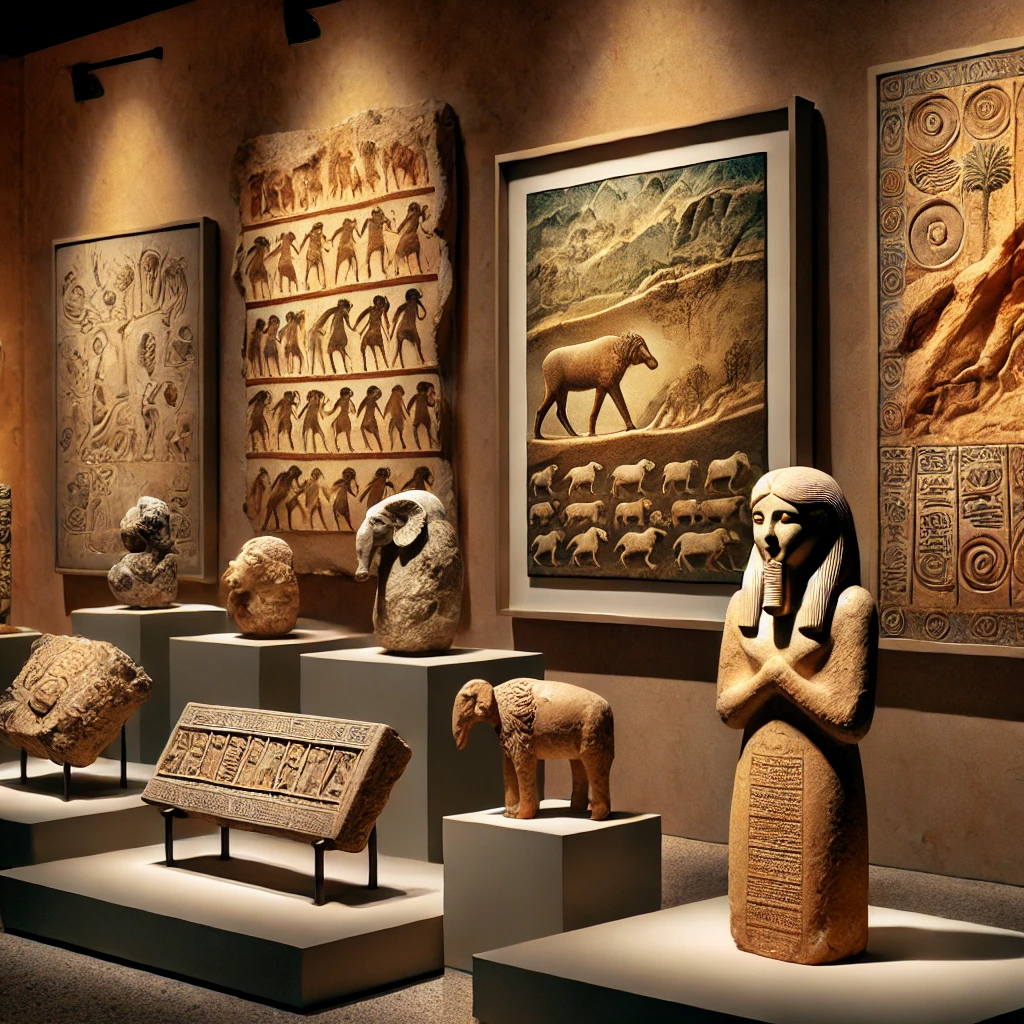Olympus Scanlation
In the world of manga, a form of Japanese comic art that has garnered fans worldwide, scanlation (scanned translation) plays a crucial role in bridging cultural and linguistic gaps. Among various scanlation groups, Olympus Scanlation stands out as a vibrant community that has significantly contributed to bringing manga to international readers. This article delves into the origins, processes, challenges, and impact of Olympus Scanlation on manga enthusiasts globally.
What is Scanlation?
Scanlation, a portmanteau of “scan” and “translation,” refers to the unofficial practice of scanning, translating, and editing manga so non-Japanese speakers can enjoy these stories. The process usually involves:
- Scanning: Digitizing physical manga volumes or chapters.
- Translation: Converting Japanese text into the target language.
- Editing: Typesetting and cleaning images to match professional standards.
Although scanlation exists in a legal gray area due to copyright laws, it has fostered a passionate fanbase eager to explore niche or lesser-known manga unavailable in their regions.
The Origins of Olympus Scanlation
Olympus Scanlation emerged from a group of manga enthusiasts united by their love for storytelling and art. Founded in the late 2000s, the team adopted the name “Olympus” to symbolize their lofty ambition of making top-tier manga accessible to fans worldwide. The group focused on delivering high-quality translations and edits, setting a benchmark in the scanlation community.
Initially, Olympus Scanlation specialized in obscure or forgotten manga series overlooked by official publishers. By doing so, they carved out a niche for themselves, attracting a loyal following.
The Workflow Behind Olympus Scanlation
The success of Olympus Scanlation stems from its structured and collaborative workflow. Each team member contributes their expertise to ensure that the final product maintains the integrity of the original work while resonating with the target audience.
1. Selection of Manga
The first step involves choosing manga titles for scanlation. Olympus Scanlation typically selects series based on fan requests, artistic merit, or cultural significance.
2. Translation
Bilingual translators adept in Japanese and the target language handle the translation. They aim to convey not just the literal meaning but also the nuances, cultural references, and humor of the original text.
3. Cleaning and Redrawing
The raw scans often contain imperfections or text bubbles that need to be erased. Cleaners meticulously remove these while preserving the artwork. When the original text obscures significant parts of the illustration, redrawing artists replicate the missing artwork seamlessly.
4. Typesetting
Typesetters insert the translated text into the cleaned scans, selecting fonts and styles that suit the tone of the manga. The placement and formatting of text are critical for readability and aesthetic appeal.
5. Quality Checking
Before release, quality checkers review the scanlation to catch errors and ensure consistency. This final step ensures the team meets its high standards.
Challenges Faced by Olympus Scanlation
Despite their dedication, Olympus Scanlation faces numerous challenges in their operations:
1. Legal Issues
Scanlation exists in a legal gray area. While many fans appreciate the access it provides, publishers and copyright holders often view it as piracy. Olympus Scanlation must navigate these legal risks carefully.
2. Resource-Intensive Workflow
The process of scanlation requires significant time and effort. With most team members working on a volunteer basis, balancing responsibilities can be difficult.
3. Competition and Recognition
The scanlation community is vast, with numerous groups competing for readership. Olympus Scanlation distinguishes itself through quality, but maintaining visibility remains an ongoing challenge.
4. Shifting Trends
As official publishers increasingly release localized versions of popular manga, scanlation groups face a shrinking pool of untapped content. Olympus Scanlation adapts by focusing on rare and unlicensed series.
The Role of Olympus Scanlation in Fandom Culture
Olympus Scanlation plays an essential role in fostering a global manga community. Their efforts transcend mere translation, promoting cultural exchange and artistic appreciation.
1. Bridging the Language Barrier
For many international fans, Olympus Scanlation is the gateway to discovering unique manga that might otherwise remain inaccessible.
2. Encouraging Creativity
The group’s work inspires fans to create fan art, cosplay, and fanfiction, enriching the broader fandom culture.
3. Preserving Niche Manga
By focusing on lesser-known series, Olympus Scanlation ensures these works are not forgotten, creating digital archives for future generations.
The Evolution of Scanlation Communities
Over the years, the scanlation landscape has evolved significantly. Platforms like Olympus Scanlati0n are not just about providing access to manga but also fostering a sense of belonging among fans.
1. The Rise of Digital Tools
Advancements in technology have streamlined the scanlation process. Tools for image editing, translation, and collaboration enable Olympus Scanlati0n to deliver polished work efficiently.
2. Community Engagement
Olympus Scanlati0n maintains a strong connection with its audience through forums, social media, and feedback channels. This interaction helps them refine their approach and cater to fans’ preferences.
3. Shifting Perceptions
As official publishers recognize the demand for diverse manga, some have begun collaborating with scanlati0n groups to localize content. While such collaborations are rare, they represent a potential future for Olympus Scanlati0n.
Ethical Considerations Surrounding Scanlation
The practice of scanlati0n raises ethical questions about intellectual property, cultural preservation, and fan entitlement. Olympus Scanlati0n strives to address these concerns by:
- Focusing on Unlicensed Manga: By prioritizing titles not available in international markets, the group minimizes competition with official releases.
- Promoting Official Releases: Olympus Scanlati0n encourages readers to support creators by purchasing official versions when available.
- Upholding Quality Standards: By delivering professional-grade work, the group underscores their respect for the original creators.
The Future of Olympus Scanlation
Looking ahead, Olympus Scanlati0n is poised to continue its mission of spreading manga culture while adapting to changes in the industry. Potential developments include:
- Expanding Partnerships: Collaborating with publishers to legitimize their work.
- Innovative Platforms: Exploring digital distribution methods to reach a broader audience.
- Cultural Advocacy: Using manga as a medium to promote understanding of Japanese culture worldwide.
Conclusion
Olympus Scanlation exemplifies the transformative power of fan-driven initiatives. By breaking down linguistic and cultural barriers, they have introduced countless readers to the wonders of manga. Despite challenges, their dedication to quality and community ensures their enduring impact on the global manga fandom.
Through their work, Olympus Scanlation not only preserves and shares beloved stories but also fosters a deeper appreciation for the artistry and culture that define manga. For fans around the world, Olympus Scanlation remains a cherished pillar of the manga community.










